Founded by Dylan Davis and Jean Lee in 2010, Ladies & Gentlemen Studio bring their thoughtful approach to a variety of products, from jewelry and small objects, to lighting and furniture. The Brooklyn-based duo met in college while studying industrial design and since then they’ve been creating work that continues to inspire a sense of curiosity and wonderment. Combining materials and geometric shapes, the imaginative products are playful and memorable, and 100% L&G. In this month’s Where I Work, learn more about Dylan David (and Jean Lee) as they give us a spin through their studio and their design process.
What’s your studio/work environment like?
We enjoy a tidy studio that’s dense with activity and inspiration. While we generally keep it pretty neat and organized, it’s not minimalist by any means. We’re surrounded by open shelves filled with samples, fascinating objects we’ve found, books and prototypes. These are all fuel for future creativity and we’re regularly moving these items around as we ideate and explore ideas. We have a lot of space for a NY studio, so there’s always little areas where we’re fleshing out ideas with simple mock ups and experiments.
We’ve always dreamed of a studio dog to keep us company, but don’t have any studio pets currently.
How is your space organized/arranged?
Our studio is on the top floor of a Civil War era warehouse building, so when you walk into our space, there is a hallway with a giant stone fireplace that actually works. We made a cozy space around it to host fireside meals here in the winter time.
From the fireplace area, there is an large sliding door into our meeting area and showroom space, which houses a showroom wall with styled L&G products and prototypes, a large conference table flanked by Vitsoe shelving housing samples and objects of fascination, and a bank of flip down cabinets that serve as our desks. They can be closed up when we host meetings or use the space for other functions.
In the back of the space, we have a large flexible work area where we can have work and ideate as a team. There is a magnetic whiteboard by Visual Magnetics for brainstorming and organizing ideas and the counter-height work tables are on wheels so that they can move around. We also have a french cleat wall system so that we can test prototypes and products in a flexible way.
Finally, there’s a small workshop for building and prototyping, which includes a metal lathe and various woodworking tools. We don’t manufacture anything here, but it’s great for making full scale models, etc.
How long have you been in this space? Where did you work before that?
We’ve been in our current space for 5 years and a smaller studio in the same area of Brooklyn before that. Prior to that we were based exclusively in Seattle where we worked out of our garage and house.
If you could change something about your workspace, what would it be?
We feel so lucky to have an amazing space with an incredible skylight running through it, so we can’t really complain. However, it would be even better if we had windows that open directly to the outdoors.
Have you had to make any adjustments to how you work because of the pandemic?
Yes, like many businesses, we switched to working remotely much more and really shifted to using our spaces in limited, but maximized ways. We moved all our production to our Seattle fabrication studio (we formerly manufactured some products in our studio) and switched our studio days to just 2-3 days a week. This segments the work in a way that when we come to the studio, we can really focus on hands-on making and doing.
Jean and I also moved our apartment to Rockaway Beach, NY, about a 40-minute drive from our studio. Having that distance and being near the beach as we WFH really helps keep studio time segmented from the computer work we do from home.
How do you see things changing in your workplace moving forward with COVID-19 now a part of our reality?
Now that we’ve moved our manufacturing to Seattle and taking fewer meetings in the studio, we’re going to gear the studio space to more creative ideation and experimentation. It should become a fun hub to ideation in the coming year, which we’re really excited about.
Do you require music in the background? If so, who are some favorites?
Jean is the studio’s DJ and always has an appropriate mix playing for the mood of the day. Our playlists consist of a mix of experimental ambient music that’s both relaxing and uplifting. Some of our favorites are music from musicians such a s Haruomi Hosono, Ryuichi Sakamoto, Hiroshi Yoshimura, Colleen, Juana Molina and Brian Eno. We have created some Ladies & Gentlemen Studio playlists, which can be found on Spotify.
How do you record ideas?
We’re very hands-on, so we often work through product ideas through loose sketching and simple mock-ups in wood, paper and found materials. These often get integrated into the interior of the studio so that we can see them and get inspired by them – even years later. We both also keep our own individual notebooks, which are often filled with notes and random ideas or sketches.
Do you have an inspiration board? What’s on it right now?
Our open shelves act as a constantly evolving 3D mood board. We are always creating new vignettes there to test combinations of new and old materials and forms. Right now, there are a lot of vignettes that combine found objects and foraged natural items with more polished materials we’ve worked with for awhile. I think Covid has had us thinking more about ways to re-examine existing and natural resources.
What is your typical work style?
We’re very much at opposite ends of the spectrum individually. I am a morning person and tend to be tight with schedule and organizing my time. Jean is more intuitive, independent, and freestyle and does her best thinking in the middle of the night. After working with each other for years, we’ve learned to celebrate our differences and give each other the space to optimize ourselves while we collaborate. In this last year, we’ve taken that a step further and tried to adopt some of each other’s habits – I’m trying to be more flexible and intuitive and Jean more structured and regimented. It’s a work in progress, but we feel it’s creating more synergy between us that helps our process get stronger.
What is your creative process and/or creative workflow like? Does it change every project or do you keep it the same?
We do adapt our process to suit each project, but also have created some methodologies to help make the process easier and consistent with our broader studio vision.
Most projects begin with a thorough investigation of the meaning behind the project. We have a format that reviews all the aspects of the idea to determine how it fits with our mission and how it might impact people in the end. Not only does this clarify our approach, but it also gets us more excited to find ways in which the project can align with our vision.
From there, we ideate on the idea together – research, thinking, sketching and doing quick models and experiments. We’re not linear about this process, so we’re often jumping back and forth between these different modalities as we see fit – each one informing the other. Once the seeds of the concept are clear, the person best suited to spearhead the project will typically manage the process of developing the idea – pulling in others to help with ideas and advice as needed.
As a project gets developed, we have a rule in the studio that both of us must be excited about an idea in order to proceed with it. We become each other’s clients in a way that makes the ideas stronger and more fleshed out.
What kind of art/design/objects might you have scattered about the space?
We keep tons of material samples, miniature models, natural items like stones and shells, beautiful items made by friends. Everything is sort of mixed together and constantly moving around the studio on our whims.
Are there tools and/or machinery in your space?
Yes, we have a metal lathe and all the basic wood shop tools – table saw, band saw, drill, belt sander, chop saw – basic forms of all the tools we need to rough out an idea.
What tool(s) do you most enjoy using in the design process?
The metal lathe in particular has brought me a lot of joy over the years. It’s a great tool for creating and modifying lamp parts.
Let’s talk about how you’re wired. Tell us about your tech arsenal/devices.
Very basic – we all work from MacBook Pros connected to basic printers. iPhones in our pockets for snapping pics and working on the go. Nothing more complex than it needs to be.
What design software do you use, if any, and for what?
Also very basic: Sketchup Pro, Onshape (a stripped down cloud version of Solidworks), Adobe Suite. We also started using Miro to create digital mood boards for projects, which has been really helpful.
What’s on your desk right now?
Dylan: I tend to have random screws and pieces of hardware on my desk.
Jean: I like to keep my desk fairly minimal and have essentials such as sketch pad, pen, calculator, and a mix of material or color samples.
Is there a favorite project/piece you’ve worked on?
We’ve found the most joy and fulfillment working on on-site workshops like at the Hancock Shaker Village with Furnishing Utopia. This is a multi-year, multi-faceted collaborative project, so we got to do everything from traveling, to collaborating with friends, to making furniture, to hosting gallery events and talks. It really touches on our belief that design should be a holistic, culturally embedded practice.
Tell us about a current project you’re working on. What was the inspiration behind it?
We’re currently working on an interior renovation project in Upstate New York – one of our first full interior projects that is a testing ground for some new lighting and furniture ideas as well. The project is inspired by upstate architecture (Shakers, farmhouse, Greek Revival) meets post-modern, meets contemporary design. We’re very early on in the project and it’s still evolving.
Do you have anything in your home that you’ve designed/created?
We’re always making furniture for our own spaces based on our own needs and live with a lot of prototypes, which evolve as we use them.
One product that came from our own home was our Iso swing arm sconce. It was designed for our NYC apartment, which didn’t have any electrical boxes in the ceiling (nor any lighting to speak of). We designed Iso out of simple parts in our studio to plug into an electrical outlet, mount to a wall, and come out elegantly over our small dining table. We liked it so much it became a product we now produce and sell.
from WordPress https://connorrenwickblog.wordpress.com/2021/09/21/where-i-work-ladies-gentlemen-studio/
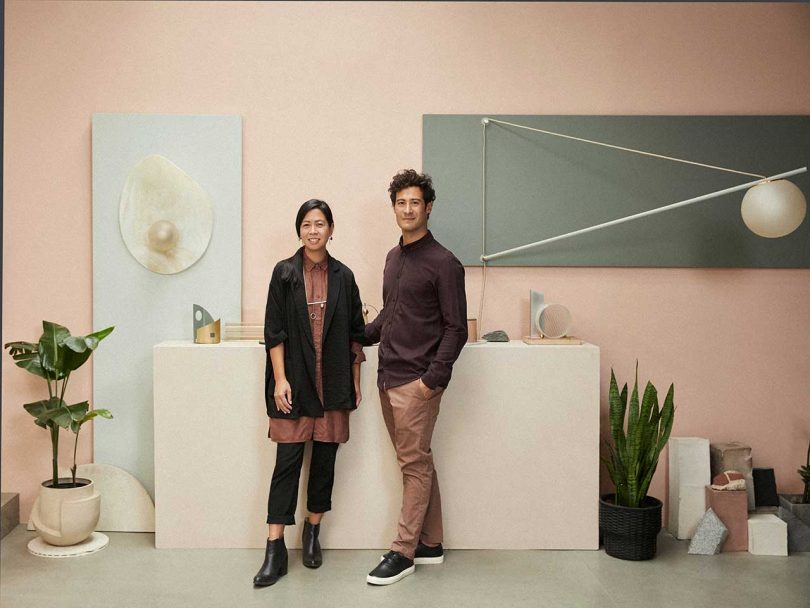

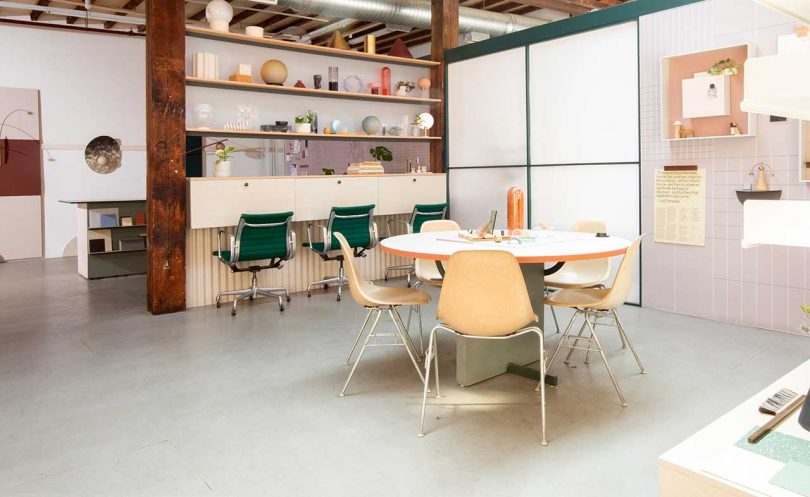


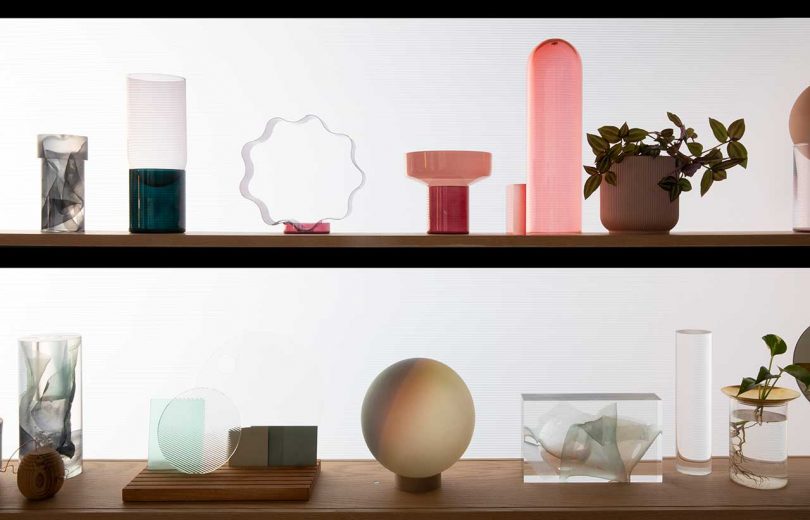




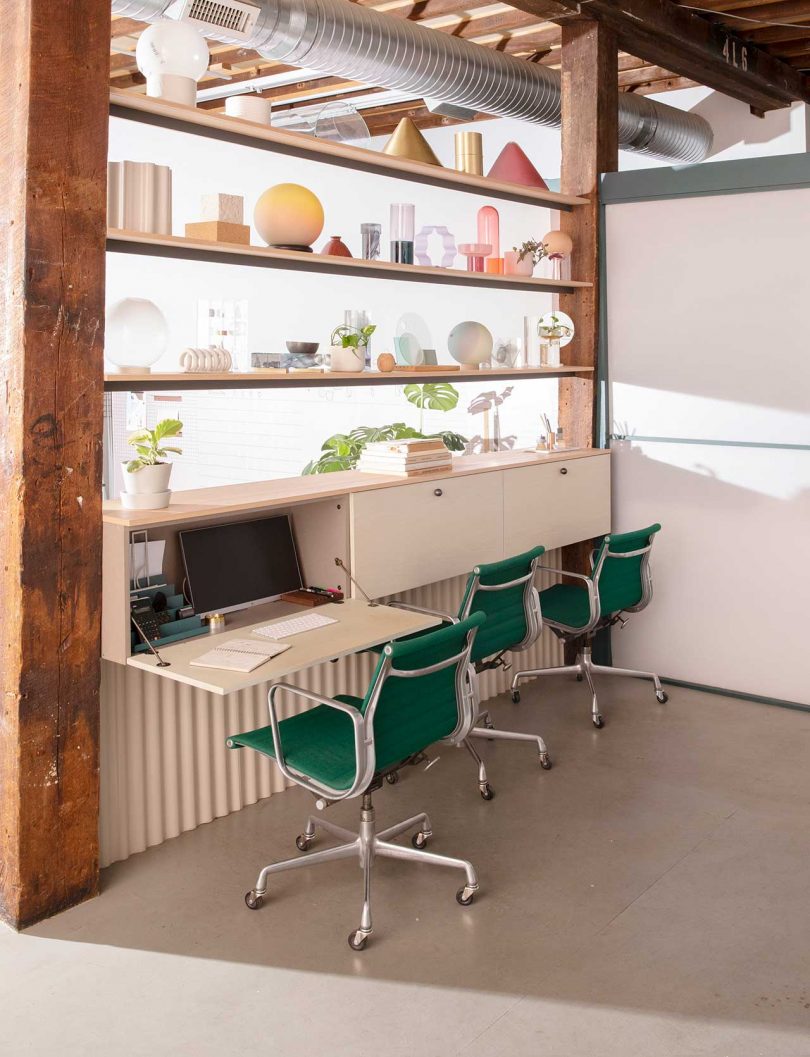
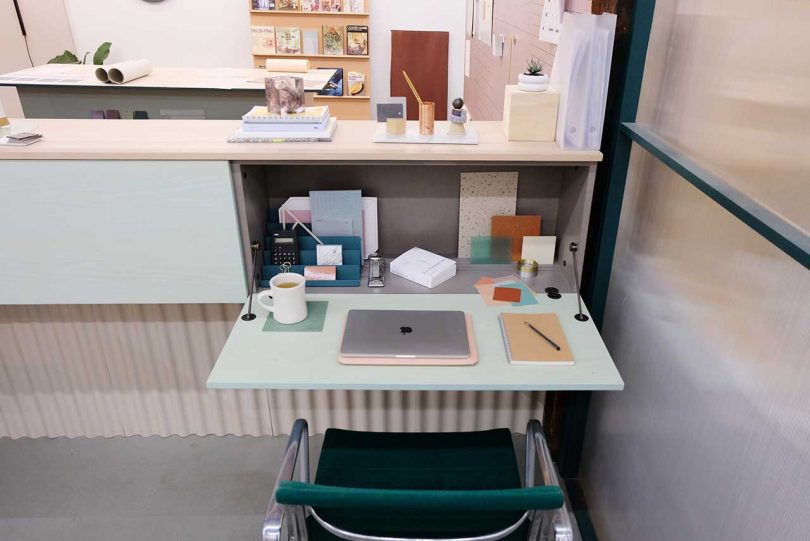


No comments:
Post a Comment